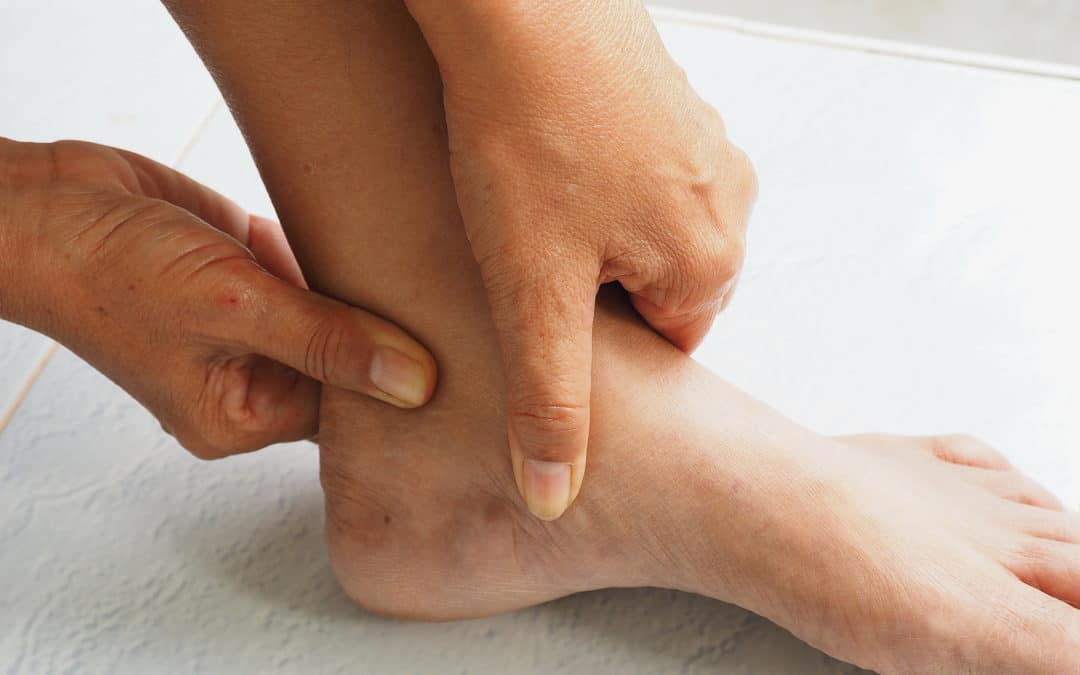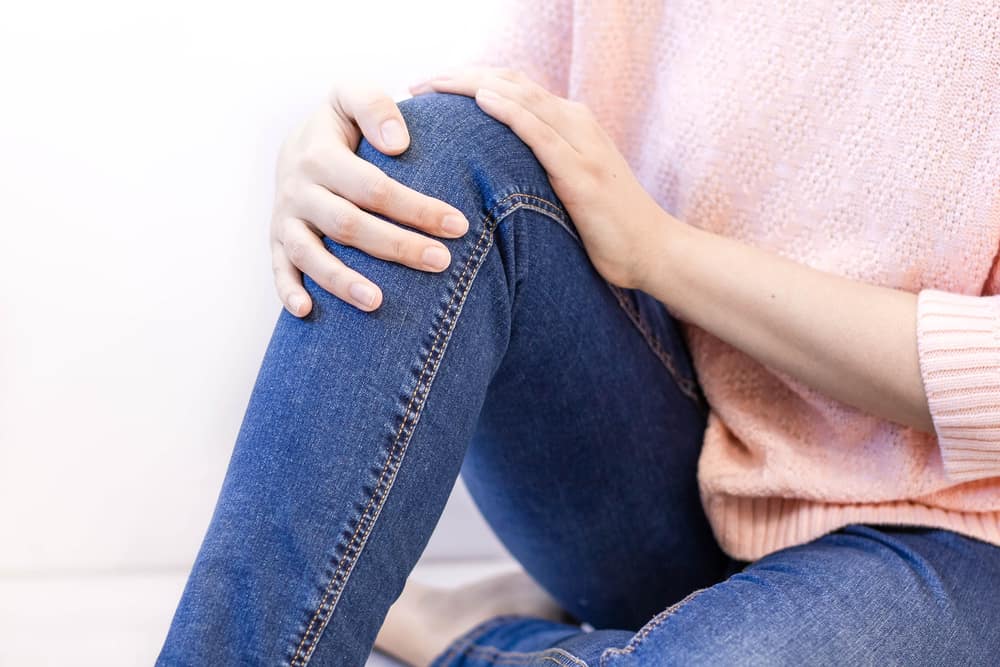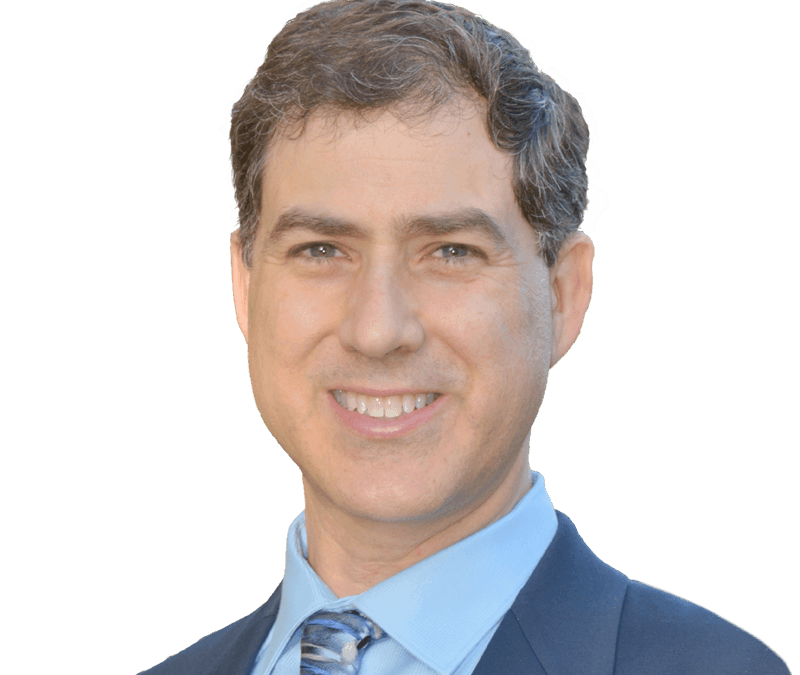
Jun 4, 2020
Colleen is an active patient in her 60s who suffered from a partial tendon tear after a traumatic injury to her ankle. Her podiatrist placed her in a boot for weeks, but she continued to have pain and her injury was not healed. She consulted with Dr. Mary Ambach and was successfully treated with Platelet Rich Plasma Therapy (PRP).
Dr. Ambach is a very gracious and supportive doctor. I have had an amazing experience with her and am on the way to 100% recovery.
Partial Tendon Tear Success Story:


May 29, 2020
When: Wednesday, June 3, 2020
Time: 12:00 pm PDT
Free Educational Webinar with Dr. Mary Ambach and Dr. Christopher Rogers
Join us and learn about Stem Cells, Platelet Rich Plasma (PRP) and other cell based therapies currently used for the treatment of joint pain caused by arthritis. Get answers to your questions from experts in the field of Regenerative Medicine.
Your hosts:
Dr. Mary Ambach specializes in non-surgical orthopedics, regenerative therapies and interventional pain management. As a key thought leader in the field of Regenerative Medicine, Dr. Ambach conducts research, trains physicians and lectures at international medical conferences.
Dr. Christopher Rogers is one of the world’s leading experts in orthopedic regenerative medicine and a renowned speaker at national medical conferences. He has developed new approaches for the treatment of tendon injuries, osteoarthritis and disc degeneration which provide a safe and viable alternative to surgery.
Register for the FREE Webinar Here

May 26, 2020
Anyone considering stem cell therapies should carefully consider their options when researching medical clinics that claim to offer such treatments. You may recall the news stories that were reported last year on cases of infection following stem cell injections. They reported that 17 people in five states were hospitalized with serious infections following injections of umbilical cord blood derived products. All but two of the illnesses were linked to a single company in California [i].
Are All Stem Cell Therapies the Same?
Before consenting to a stem cell injection, we recommend that you ask your physician the following questions:
What kind of stem cells do you use?
Umbilical cord blood products [ii] are not approved by the US Food and Drug Administration (FDA). The safety and efficacy of these products have not been tested in orthopedic applications. However, your own cells can be used when harvested from a patient’s own (autologous) bone marrow or adipose tissue (fat). These cells contain high levels of mesenchymal stem cells (MSCs) and other orthobiologics that contain anti-inflammatory and regenerative properties.
San Diego Orthobiologics Medical Group offers several different treatment options for autologous cell based therapy. These treatments include Bone Marrow Aspirate Concentrate (BMAC), Microfragmented adipose tissue (MFAT), Platelet Rich Plasma (PRP) and Endoret Plasma Rich in Growth Factors (PRGF). Each treatment offers different benefits to suit a patient’s unique orthopedic needs. We do not use donor (allogeneic) products derived from birth waste tissues (like umbilical cord blood, amniotic fluid, exosomes, or placenta) because they have not been tested for safety or efficacy and are not compliant with current FDA guidelines.
How do you process the cells?
Many clinics use basic centrifuges to separate stem cells, but the best method for obtaining the highest concentrations of regenerative autologous stems cells requires specialized equipment operated in a sterile lab setting.
San Diego Orthobiologics Medical Group established a state-of-the-art facility in Carlsbad that contains some of the most advanced Regenerative Medicine technology in the San Diego area. We process autologous same day platelet rich plasma, regenerative cell concentrates and other orthobiologics safely and at a customized dose in our Regenerative Medicine Lab.
How effective are your treatments?
Clinics or practices that sell donated stem cells do so at some risk to your health. These products are not tested for sterility or viability. Independent testing of these products has shown that they do not contain any live stem cells at all. Only live stem cells can exert the sought after beneficial therapeutic effects. These products have not been demonstrated to contain any healing properties in clinical studies.
San Diego Orthobiologics Medical Group only uses your own bone marrow or fat tissue and is able to process them using state-of-the-art technology. Same-day treatments maximize the healing potential of the fresh (not frozen) regenerative cells.
Is there scientific evidence to support your claims?
Clinics that use autologous cell based treatments are not afraid to participate in clinical trials—in fact they welcome the opportunity to do so—because they know it is important to study these treatments for safety and efficacy.
Based on our extensive experience treating orthopedic conditions with regenerative medicine therapies, San Diego Orthobiologics Medical Group is one of only six clinics in the United States selected to participate in FDA-approved clinical trials to treat knee osteoarthritis. Visit our website (Research section) for an extensive list of peer-reviewed published articles from prestigious medical journals about the different kinds of cell based therapies we offer.
It should be clear that the answer to the question “Are all stem cell therapies the same?” is a resounding “No!”. Anyone considering treatment should understand what works and what does not work. What is safe and what is risky. What is FDA compliant and what is illegal. We believe that patients deserve honest answers to these tough questions.
With decades of experience in regenerative medicine, Drs. Christopher J. Rogers and Mary A. Ambach are recognized experts in the field of Regenerative Medicine. They continue to advance the field by participating in clinical trials and serve as faculty members and lecturers at national and international medical conferences. They also serve on the board of directors for several national regenerative medicine organizations.
Resources:
[i] https://www.washingtonpost.com/national/health-science/miraculous-stem-cell-therapy-has-sickened-people-in-five-states/2019/02/26/c04b23a4-3539-11e9-854a-7a14d7fec96a_story.html
[ii] https://www.fda.gov/news-events/press-announcements/fda-sends-warning-companies-offering-unapproved-umbilical-cord-blood-products-may-put-patients-risk
[iii] https://www.fda.gov/vaccines-blood-biologics/safety-availability-biologics/public-safety-notification-exosome-products

May 20, 2020
J.Z. is a woman in her late fifties with severe knee osteoarthritis and meniscus degeneration. Dr. Ambach successfully performed the fat derived regenerative cell and platelet rich plasma (PRP) to treat her symptoms.
My experience was amazing! Dr. Ambach explained everything as she performed the procedure. I would definitely recommend this.
Knee Osteoarthritis Success Story:


May 19, 2020
Dr. Christopher Rogers and colleagues are first to publish scientific review of stem cell therapy for COVID-19 patients.
Dr. Rogers, along with scientists from around the world, are first to publish a comprehensive scientific review, “Rationale for the Clinical Use of Adipose-derived Mesenchymal Stem Cells for COVID-19 patients.” Clinical trials of stem cell treatments for severe COVID-19 are currently being conducted at dozens of medical centers worldwide. Scientific studies will advance our understanding of the safety and efficacy of stem cell therapy for these seriously ill patients.
This scientific review was published in the peer-reviewed journal, Journal of Translational Medicine (Rogers, C.J., Harman, R.J., Bunnell, B.A. et al. Rationale for the clinical use of adipose-derived mesenchymal stem cells for COVID-19 patients. J Transl Med 18, 203 (2020).
Read the scientific review here:

May 15, 2020
Regenerative Therapy for Chronic Back Pain
Low back pain is the fifth most common reason a patient visits their doctor. More than 90% of the population will experience at least one episode of low back pain during their lifetime. The social and economic impact of low back pain is significant and it is responsible for about 40% of missed work days in the US.
Causes of Back Pain
There are many different causes for low back pain. The pain can be acute or chronic in nature and may originate from an injury or degenerated tissues in the spine. Common causes of low back pain include:
- Back strain: This occurs when the spine is subjected to physical stress that is greater than what can be supported by the muscular and ligamentous structures. Repeated heavy lifting or sudden awkward movements can cause over-stretching or tearing of the ligaments, tendons or muscles in the spine causing pain.
- Arthritis. Osteoarthritis of the spine can lead to degeneration that is associated with the normal wear and tear of joints, discs and bones in the spine as people age. The arthritis can lead to bone spurs which result in narrowing of the space around the spinal nerves and spinal cord; a condition called spinal stenosis.
- Facet joint dysfunction: The spinal column consists of individual bones called vertebrae. They connect to one another at each level by two small facet joints. The joints promote movement and stability between the vertebral bodies. Pain occurs when the joints get inflamed or when the cartilage in the joints becomes injured or worn out.
- Bulging or Ruptured Disc: The discs are soft, gel filled structures that act as cushion or shock absorbers between the vertebral bones in your spine. The disc also connects the adjacent vertebrae together with strong fibrous tissue. When these discs become injured, they can bulge or the gel slips out and can put pressure on neighboring nerves causing pain. As people age, discs lose their hydration and wear down leading to degeneration. Degenerative discs can develop tears and collapse which causes low back pain, muscle spasm or spinal stenosis.
There are many other causes of low back pain including nerve and spinal cord problems, scoliosis, fracture and non-spine sources like tumor and kidney stones. It is important that your physician perform a comprehensive evaluation of your medical history and physical examination to give you an appropriate diagnosis for your back pain.
Non-Surgical Options for Back Pain Relief
There are hundreds of different forms of treatment for lower back pain, however no single treatment stands out as superior to any of the others. When conservative treatments fail to relieve pain, your doctor may feel compelled to consider surgery, however, the success rate of surgery is less than 60% for most causes of lower back pain and involves significant risk and recovery time. Fortunately, there are innovative, minimally invasive treatments available.
Advanced regenerative therapy may be the best solution for your back. These advanced treatments can help you heal faster. They avoid the risks and long-term complications associated with surgery and reduce pain to help you maintain an active lifestyle.
- Platelet Rich Plasma (PRP) therapy concentrates platelets, plasma and other substances found in your blood to create a customized healing treatment for degenerative facet joints, discs and nerve pain.
- Bone Marrow Aspiration Concentrate (BMAC) utilizes your own bone marrow which contains a rich reservoir of regenerative cells, multipotent stem cells and anti-inflammatory molecules designed to stimulate your body’s ability to improve circulation, decrease inflammation and regenerate tissues. This regenerative therapy can be used for disc tears, disc degeneration and facet joint arthritis.
- Master Protease Inhibitor (A2M) uses a natural substance found in your blood (Alpha 2 Macroglobulin) to stop the progression of joint degeneration and improve pain and inflammation in arthritic joints.
- Prolotherapy: Sugar containing medications that help regenerate tissue and relieve pain are injected into injured ligaments, tendons or joints to strengthen and improve stability in patients with osteoarthritis, ligament sprains, sacroiliac joint dysfunction and sports-related injuries.
Patients who have failed standard treatments or are seeking alternatives to spine surgery for neck and back pain should consider regenerative therapies. The research on the use of these therapies for certain conditions of the spine is very promising. However, much more research still needs to be completed. The doctors of San Diego Orthobiologics Medical Group contribute to advancing the science by participating in clinical trials and publishing articles on regenerative therapies for spine and other orthopedic conditions.
Advances in regenerative medicine offer new hope for long-term pain relief and improved quality of life.
San Diego Orthobiologics Medical Group is a leader in regenerative medicine therapies and offers a great variety of treatment options depending upon each patient’s unique needs. With decades of experience in the field of minimally invasive interventional treatments, Drs. Christopher J. Rogers and Mary A. Ambach are experts in the field of regenerative medicine. They serve as faculty members and lecturers at national and international medical conferences and serve on the board of directors for several national regenerative medicine organizations.







